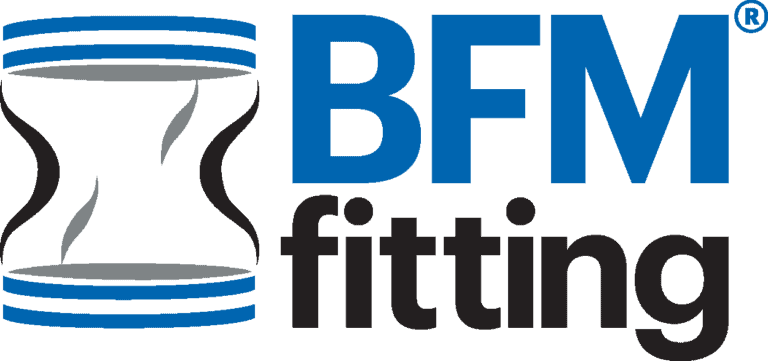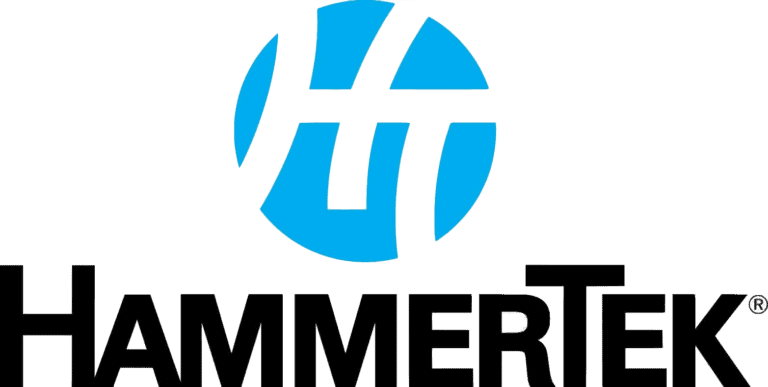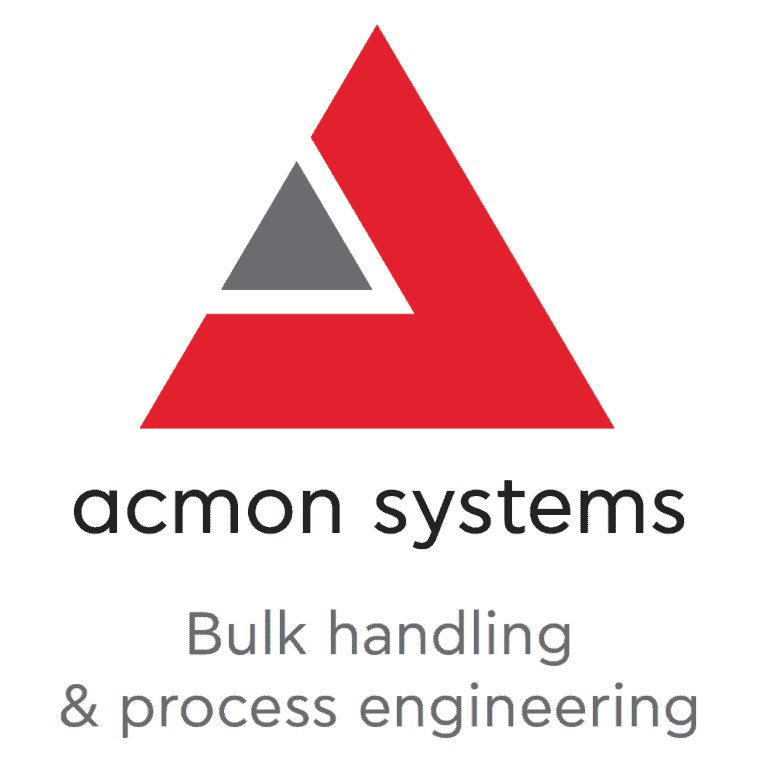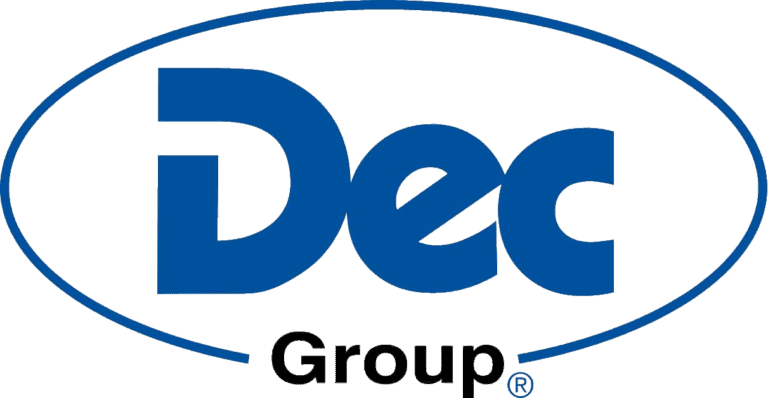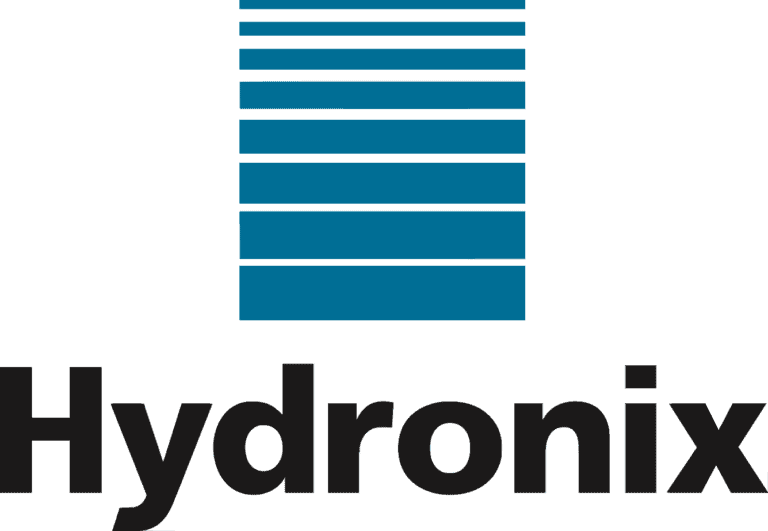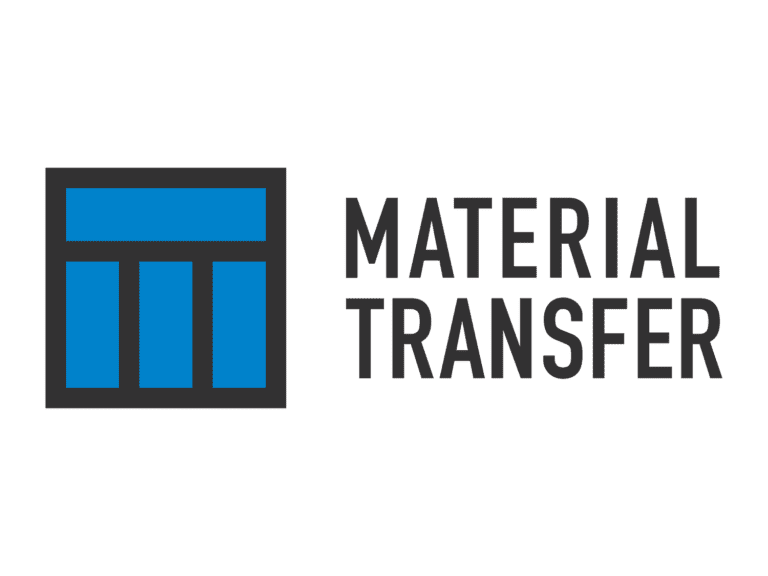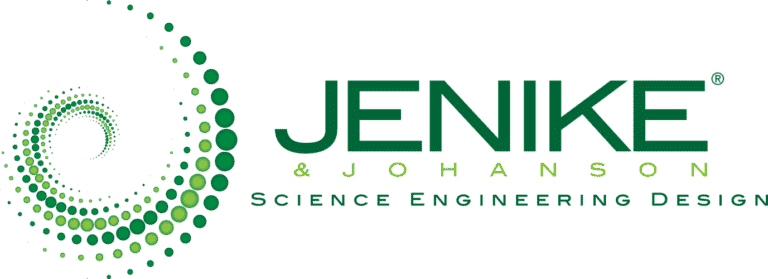
Pneumatic conveying is a method of transporting bulk solids using air or another gas, a solution that has become essential in many industries. This process involves the movement of materials through pipelines, eliminating the need for mechanical handling and reducing potential product degradation or contamination.
There are two main types of pneumatic conveying systems: dilute phase and dense phase. In dilute phase conveying, high-velocity air suspends the particles, allowing them to flow smoothly over long distances. This system is well-suited for lighter materials or when rapid transport is required. On the other hand, dense phase conveying employs lower air velocities and higher pressures, gently moving the material while minimizing abrasion and degradation—ideal for handling more delicate substances.
Advantages of pneumatic conveying include improved system flexibility, lower maintenance requirements, and enhanced operational efficiency. This technology simplifies material handling, leading to reduced downtime and cost savings, while maintaining the quality and integrity of the conveyed products.
Understanding these fundamentals helps industries optimize their material handling processes, ensuring safe and efficient operations in applications ranging from food production to chemical processing and beyond.
Date
08 Apr 2025 - 09 Apr 2025
Location
Kansas State University









